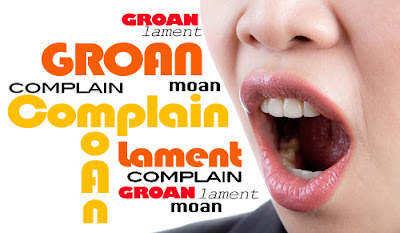Q. What's the fastest way to stampede a herd of exhibitors?
A. Use the "D word."
Drayage.
Its mere mention thrusts otherwise serene folks into fits of apoplexy, turning lambs into lions and Jekylls into Hydes.
"Arbitrary and greedy," they gasp. "A complete scam."
Drayage is the price a tradeshow decorator charges exhibitors to move materials from the convention center's loading dock to the exhibit space on the show floor. Charged by the "hundred weight," it increases as the weight of an exhibit does.
Exhibitors loathe the pricing scheme, wondering where it originated and why it's perpetuated.
You can blame J.W. Midgley.
Midgely was a railroad engineer in the 19th century. He's the man who instituted the "hundred weight."
The word "drayage" comes from the maritime industry, and denotes the transport of goods over a short distance, often as part of a long-distance move (for example, a pickup of goods by truck from a seaport and their delivery to an inland warehouse).
The word's also used to denote the price of the transportation.
The word's also used to denote the price of the transportation.
Drayage originally meant "to transport by a sideless cart", or dray. These carts, pulled by dray horses, were used to move goods short distances (short because of the physical limitations of the dray horse). Over time, the dray horse was replaced by the delivery truck.
Pricing the service by hundred weight is a scheme that allowed operators of the various modes of transport (ships, trains, carts, etc.) to charge uniformly and treat all users fairly (farmers, for example, paid no more than ranchers, miners, or loggers to have their goods hauled). It also allowed for easy verification of the charges.
J. W. Midgley, although disavowing that he originated the practice, took credit for making the hundred weight a national standard for charging for freight hauling.
Midgley wanted to help harmonize hauling. And that's a good thing, because harmony breeds efficiency.
Midgley wanted to help harmonize hauling. And that's a good thing, because harmony breeds efficiency.
Runaway drayage has certainly altered the tradeshow industry, causing, most notably, exhibitors' flight to fabric. (I remember a time when US tradeshows were chock full of hardwall).
The industry players point fingers whenever runaway drayage gets mentioned. Exhibitors scapegoat decorators. Decorators scapegoat organizers. Organizers scapegoat convention centers. Everybody scapegoats labor.
But nobody scapegoats J.W. Midgley.
It's high time they did.
It's also time to put drayage into context:
- A woman once asked Picasso to sketch her on a piece of paper. The artist complied, and handed her the sketch. “That will cost you $10,000.” The woman was astounded. “Isn't $10,000 a lot for only five minutes work?" Picasso replied, “The sketch may have taken five minutes, but the learning took 30 years."
- Hospitals typically charge you $20 for an aspirin. That's because they "cost shift" constantly. They couldn't function if they didn't charge insured patients $20 for an aspirin, because their beds are filled by poor, uninsured patients, as well.
- Starbucks charges $3 for a small latte, but a whole pound of Arabica coffee beans costs only $1.50. When you buy a latte, you're also paying for labor, store rent, furniture, and college tuition for 4,000 employees. The beans comprise only 20% of the price.
Exhibitors, sure, you may want to squeeze runaway drayage.
But remember: when you clamp down on one side of a balloon, the other side just gets bigger.























